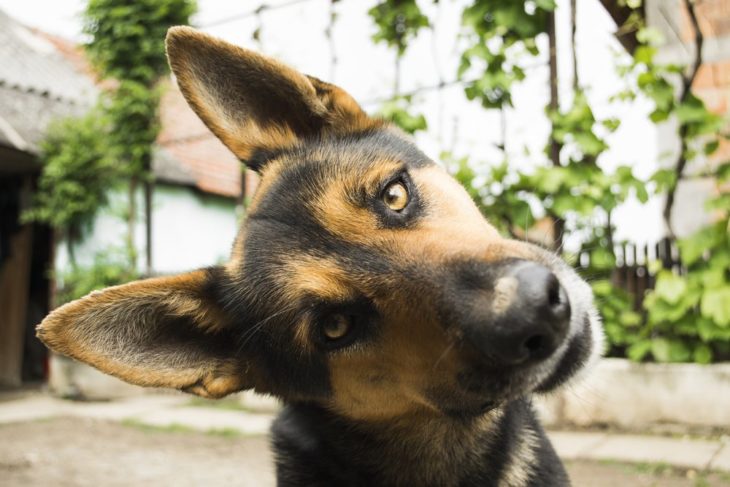When I was 15, my parents and I went to buy some kittens from a couple in rural New Mexico. Their first words to us were, “Did you know that cats can be retarded?” We didn’t. We took two. They were … challenging, but we loved them all the same. Well, it turns out that dogs and cats can also suffer from obsessive-compulsive disorder. In humans, OCD causes behavior like excessive hand-washing, or pulling out one’s hair by the roots, or repetitive checking of stoves, lights, and locks. Apparently, eight percent of dogs exhibit compulsive behaviors like pacing, spinning, tail-chasing, snapping at imaginary flies, fence-running, licking, chewing, barking, and staring. Tail-chasing, licking, chewing, and barking? Huh. I thought that was just dogs. If those are characteristics of dogs with obsessive-compulsive tendencies, what do normal dogs do?

Source: Fluieras Ana-Cristina/Shutterstock
But in all seriousness, Doberman pinschers are especially prone to OCD and often spend hours “sucking their flanks” because they share the gene CDH2, which in people is associated with autism spectrum disorder. Researchers are studying these dogs to learn more about OCD, and are looking for the CDH2 gene in humans to see whether it functions the same way. Having several obsessive-compulsive friends, I hope this research can help them, despite the fact that I’m totally confused on what a dog is now that all my descriptors are apparently only relevant to obsessive doggies.
[NY Times]Original by Olivia Allin
